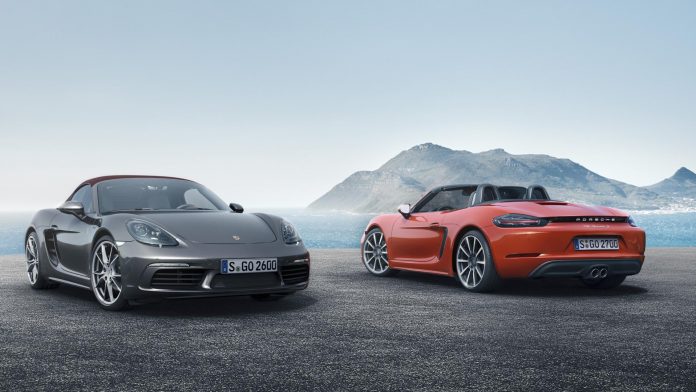
With the confirmation that the famous Boxter series will be appended with the 718 tag, there has been a lot of contemplation about the things that Porsche has changed in their recent model from the previous 2012 one. Here is a comparison of the two models based on the exterior and interior design, engine, and performance.
Also read: Porsche 718 Boxster and 718 Boxster S 2017: Everything you need to know!
Exterior Design
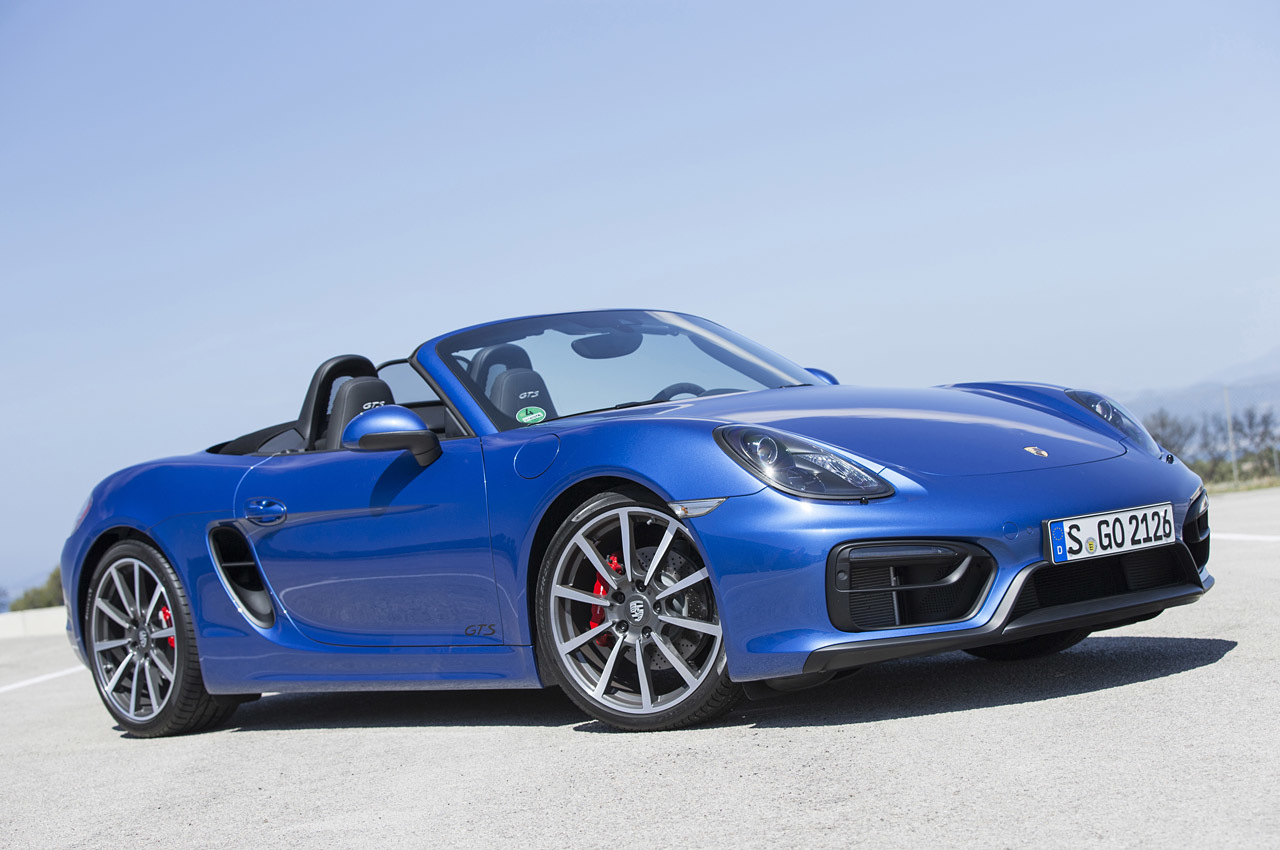
There is definitely a new emphasis on the design and the overall profile has been sharpened with the Porsche Boxter 2017. You could easily make out the 718 lineups inspired design when you look at the car for the first time. The front end has been made more sculptural and it has a wider and masculine appeal. The air intake is also much larger and it definitely reflects the changes that we could expect out of the new Turbo engine. As for the LED lights, the car features bi-xenon headlights with integrated LED daytime running lights. The availability of the LED headlights with four-point daytime running lights is new to this model.
As for the side view, there are new, independently styled wings and side sills. The inlet panels on the sides of the car are also much larger and that along with the two fins, definitely enhance the overall look of the car. The door handles have also been changed, with the lack of the handle recess covers.
Furthermore, the tyres are 19-inch in size, though a 20-inch option is also available.
The tail lights along with the placement of the Porsche badge, emphasises the wide look of the car. The entirely redeveloped tail lights are distinguished by their three-dimensional LED technology and four-point brake lights.
Interior Design

Drivers will get a familiar feel from the interiors of the car. Every factor of the design is quite standard to what we are used to seeing in the 718 series. The major change is in the instrument panel. Along with it, new additions include the Porsche Communication Management (PCM) unit, which is able to integrate your mobile phone and has new audio interfaces and packs 110 Watts of raw audio power.
Another interesting feature that is associated with the PCM is the fact that it is modular and you can extend the modules in a way that best suits your needs. The best example of such additions would be the navigation system that can be controlled with your voice – this gimmick does make it easier for you to input destinations. In addition, the Connect Plus module is available as an extension of the navigation module; it provides extended online services.
Engine
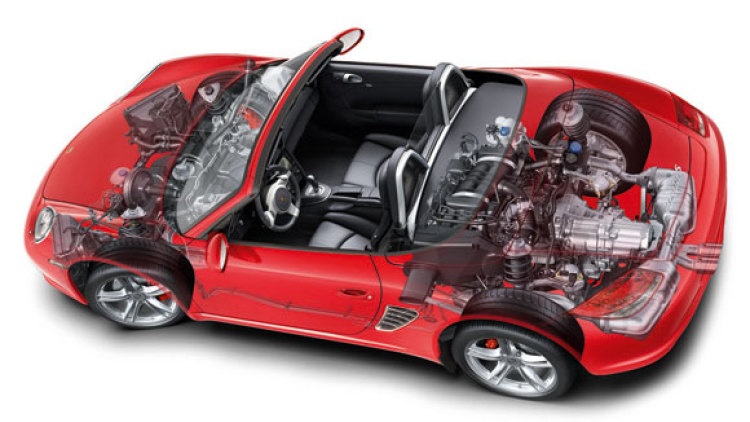
It has been quite long since Porsche has used a 4-cyllinder engine. It was the 1960s when Sports cars designed by Porsche came with such engines. The turbocharging feature boosts the overall torque, significantly.
The two-litre engine of the 718 Boxster has a maximum torque of 380 Newton metres (gain of 100 Newton metres), which is available from 1,950 rpm to 4,500 rpm. The 2.5-litre engine of the 718 Boxster S even attains 420 Newton metres, which is 60 Newton metres more over a speed range from 1,900 rpm to 4,500 rpm.
As for the 2012 model, it featured a characteristic 2.9-liter flat six that delivered 255 horsepower and if you went for the Boxster S, the engine grew to 3.4 litres and the power improved to 310 horsepower.
Performance
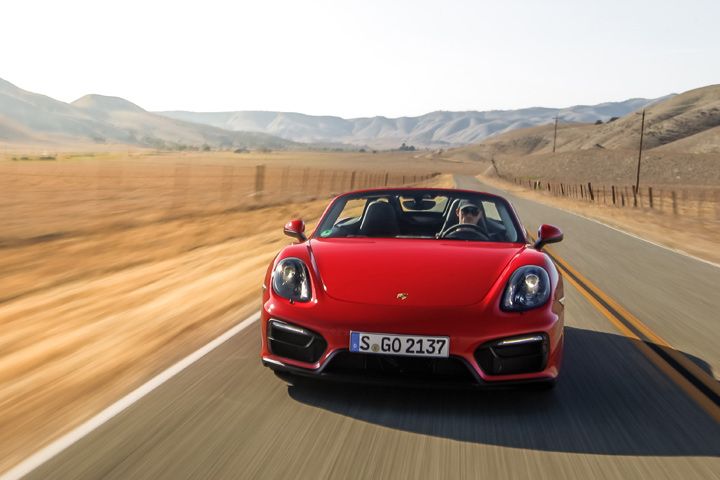
The new Boxter is able to sprint much faster. It comes with PDK and the Sports Chrono Package is able to go from zero to 100 km/h in 4.7 seconds – that is 0.8 seconds faster. The 718 Boxster S with the same equipment completes this speed range in 4.2 seconds, which is 0.6 seconds faster than the previous model. As for the top speed, for the 718 Boxster, it is 275 km/h, and the 718 Boxster S has a top speed of 285 km/h.
Porsche’s turbo concept boosts the fuel economy along with the overall driving comfort. In the 718 Boxster, the four-cylinder flat engine with PDK has an NEDC fuel consumption figure of 6.9 l/100 km, which is 1.0 l/100 km lesser than the previous model. As for the 718 Boxster S, the 2.5-litre turbo flat engine with PDK consumes just 7.3 l/100 km, which is 0.9 l/100 km lesser.
The driving dynamics have also been tuned to match the original 718 series. To improve cornering performance, Porsche has completely retuned the chassis. The electromechanical steering system is also changed and is now configured to be ten per cent more direct.
For an extra charge, you can get Porsche Active Suspension Management (PASM) with a ten millimetre lower ride height. For the first time, the PASM sports chassis with a 20 millimetre lower ride height has been made available for the 718 Boxter S. This chassis makes it possible for the car to make the transition from a stiff sports car to a long-distance touring vehicle easily.
Pricing
718 Boxster pricing starts at 53,646 euros ($58100) in Germany, and the 718 Boxster S from 66,141 euros ($71634), each with country-specific features and including VAT.
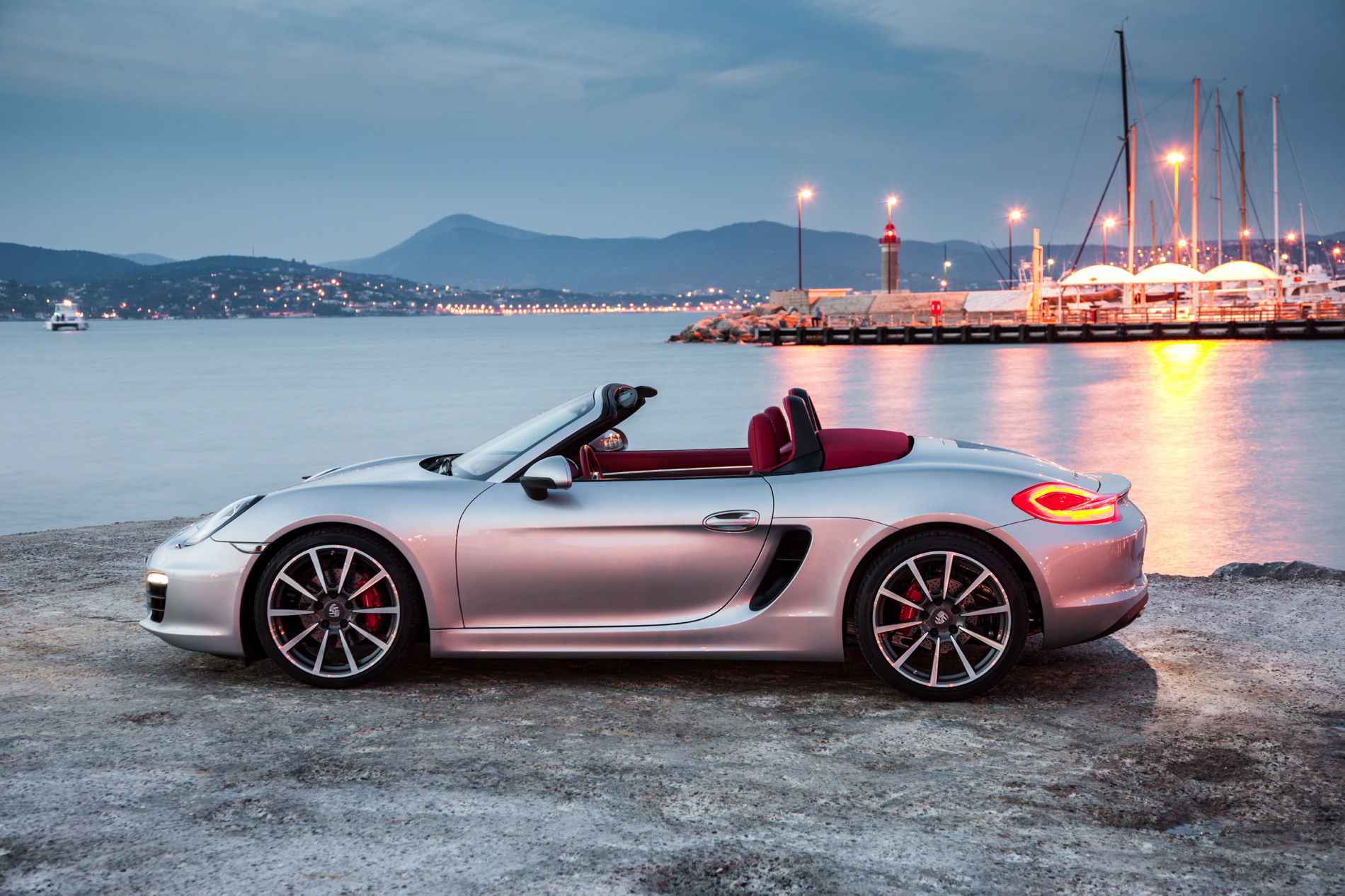
As for the 2012 series, you can get it at approximately 35,000 euros ($37900) for the base model and 42,000 euros ($45500) for the S model.
The Verdict
The new Boxter series is definitely a big improvement over its predecessor. Porsche has worked on the car and has addressed the issues that people had with the previous generation; like the presence of less than abundant space, wind and road rise being too loud, fiddly sound system and not so great fuel economy. The new refined engine along with better design aesthetics does make the car a worthy investment.












Though the four cylinder engine benefits from turbocharging, I wonder how many drivers will truly consider it more refined? Powerful, yes. That is the special gift of turbocharging small engines.